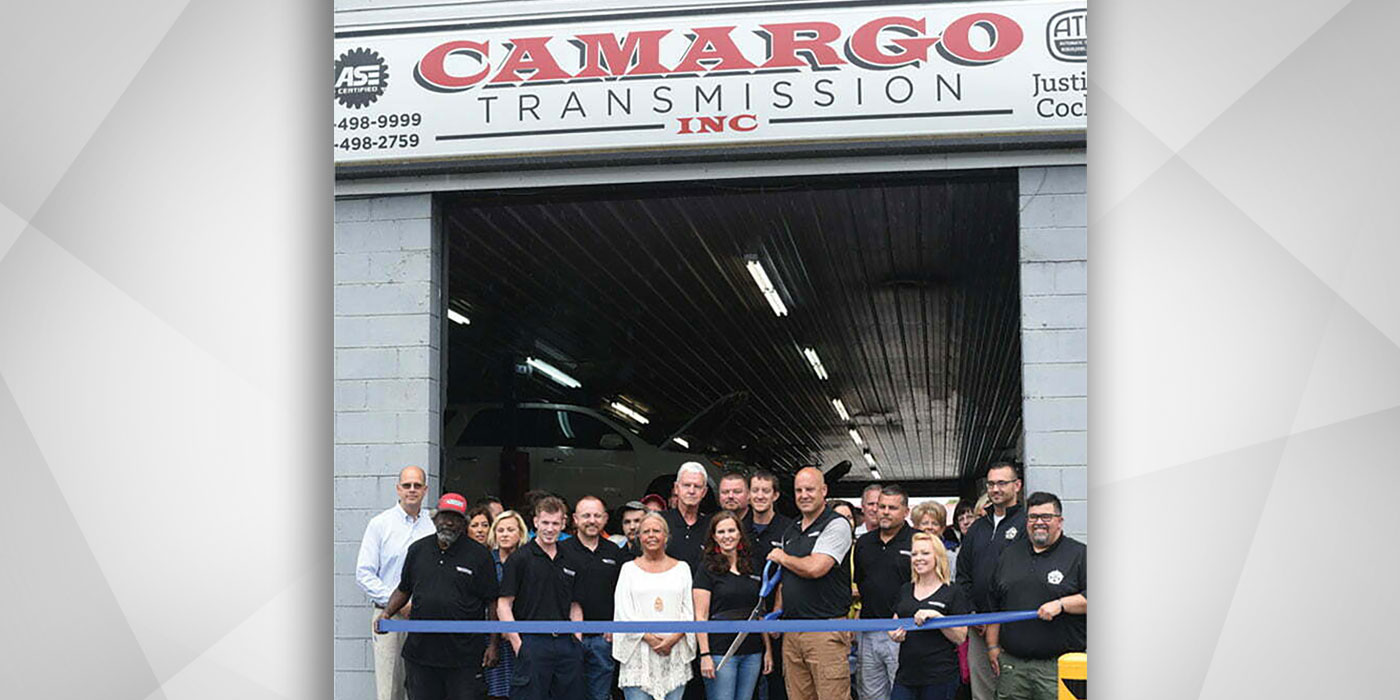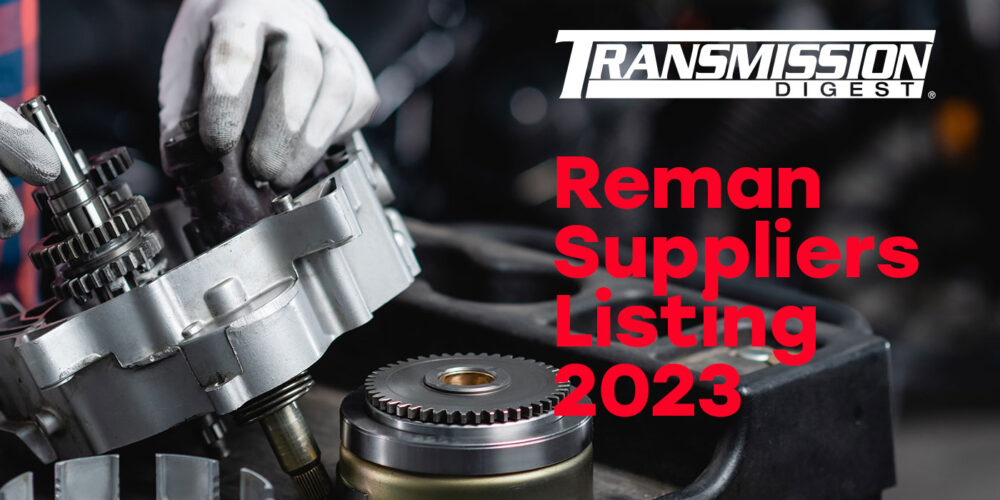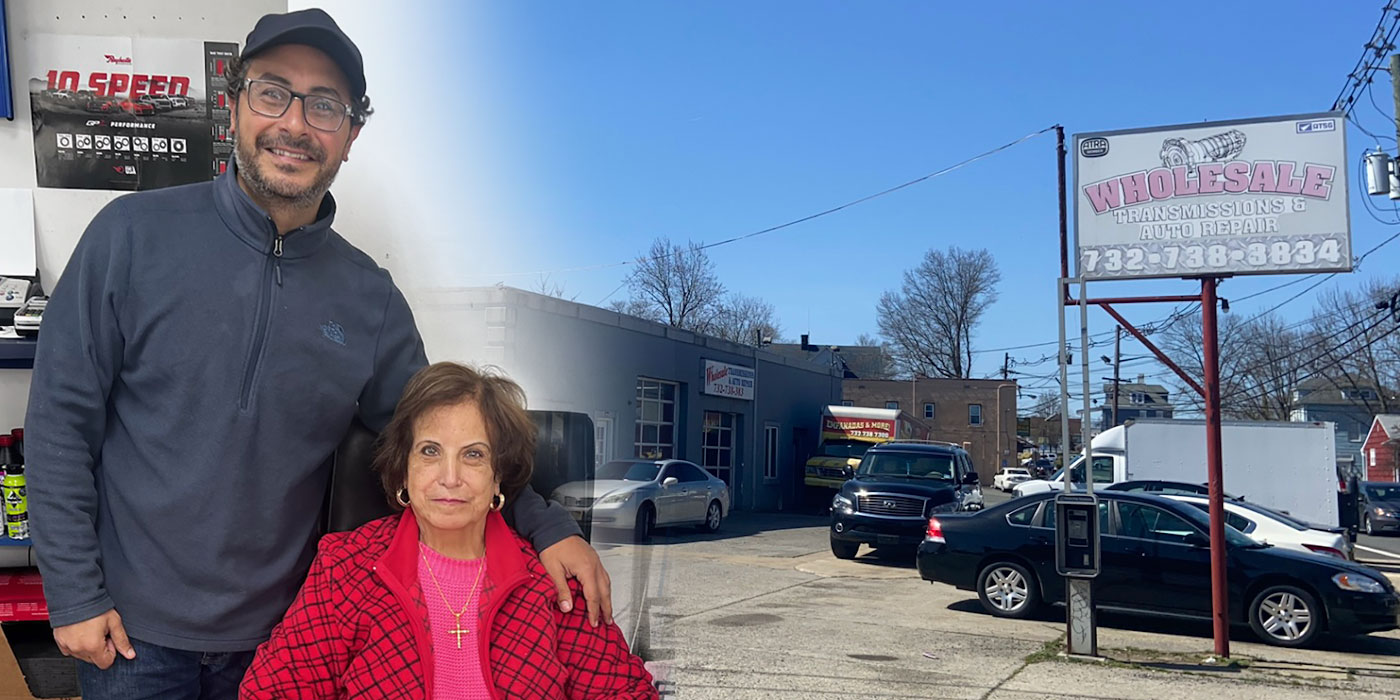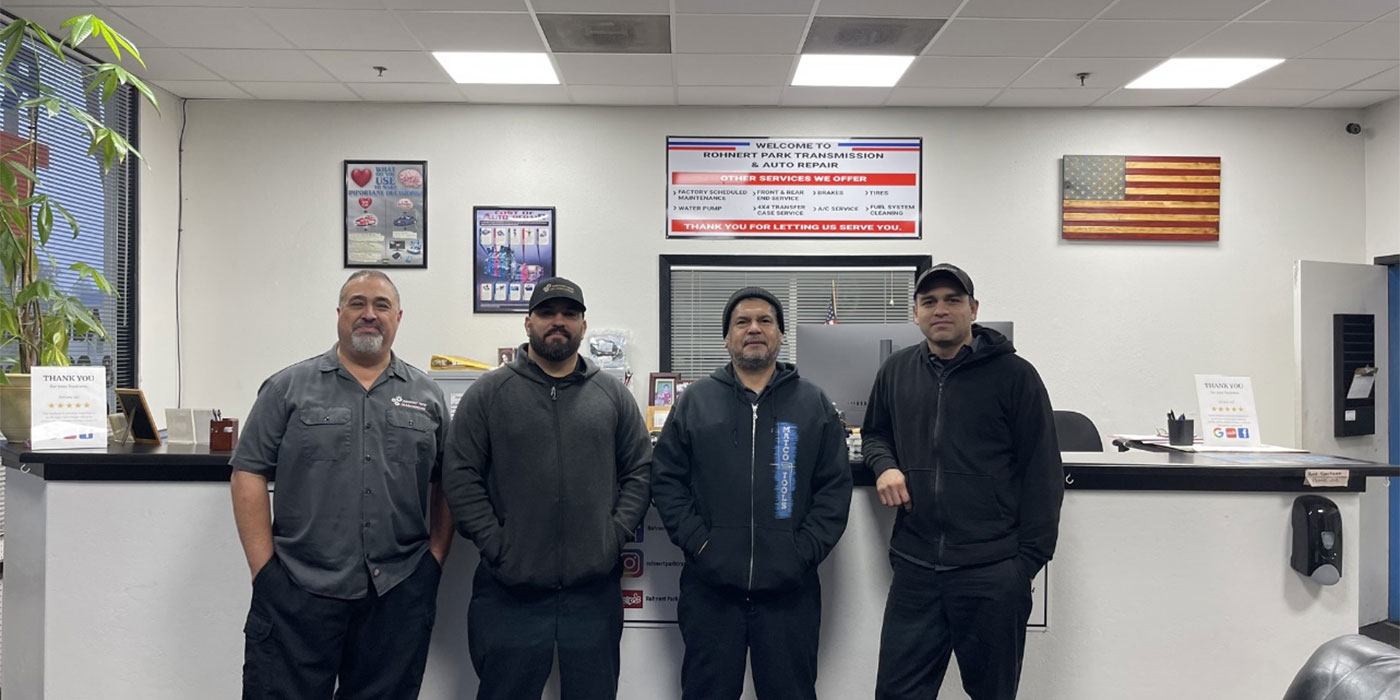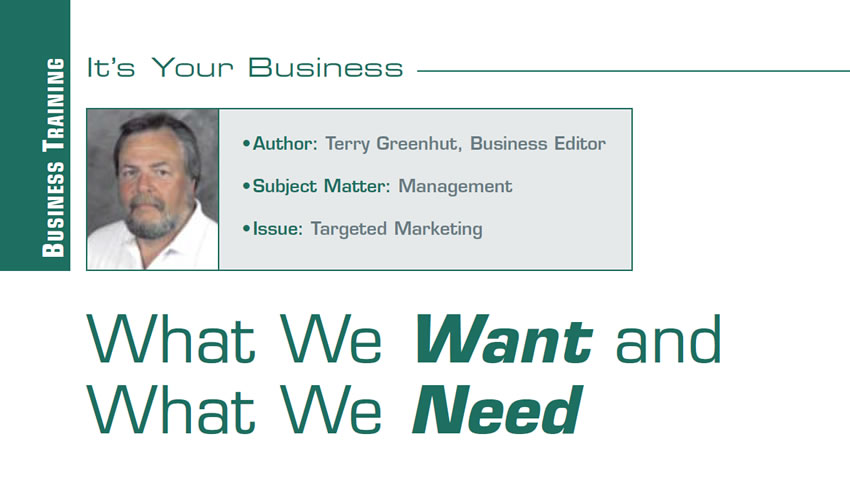
It’s Your Business
- Author: Terry Greenhut, Business Editor
- Subject Matter: Management
- Issue: Targeted Marketing
As much as we get used to what we are doing on a daily basis, sometimes the way we do it needs to change as conditions around us do or when we realize that what we’ve been doing just doesn’t get the job done anymore.
Marketing is one area in which this might hold true above all others. It’s just too easy to fall into the trap that “the way we’re doing it must be alright because it’s the way we’ve always done it.” Look around you. Nothing is the way it used to be–especially not the way you receive or convey information–and isn’t that what marketing and advertising are all about? Your message may not have changed very much because you still want to offer your excellent services to the public, but the way you deliver the message certainly has, and the types of offerings you put out need to make sense to your potential customers. Customers have to see your offer and immediately say to themselves, “I need that.”–not “I want it”, but “I need it.”
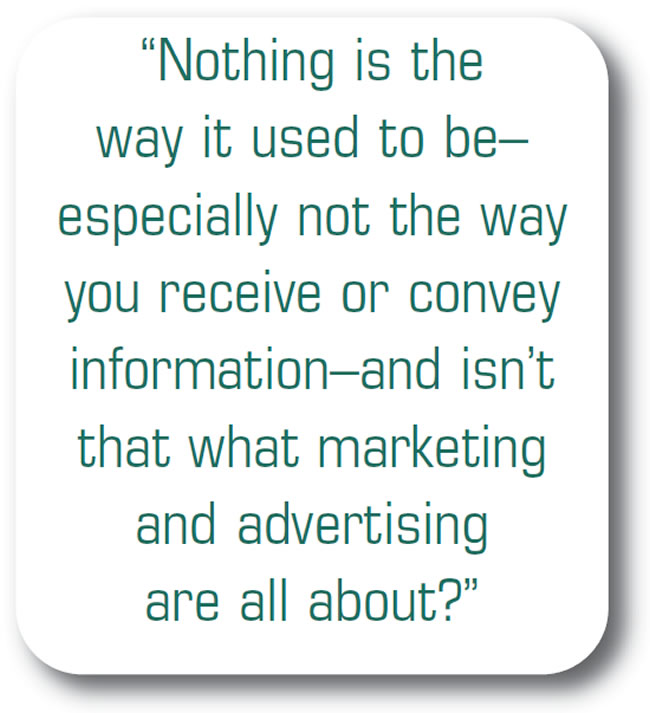
One thing that hasn’t changed is that we are not in a “want” business. Hardly anyone wants what we have to sell, but they sure do need it at times. That’s when we need to be in front of them with some kind of a special offer–something that makes sense for that moment.
“Got heat?” There’s a title for a promotion you might want to do in mid-autumn. Then ask, “Do your windows fog when it’s raining?” “Does the heat come up quickly when you first start your car?” “Do you get enough heat to keep you warm?” “Do your defrosters melt the ice on your windows?” Then go on to make your offer. “Now, through December 15th we will perform a complete heating and cooling system inspection, including checking hoses: freeze-out plugs: radiator and heater core for leaks, wear and blockages; engine thermostat; electrical- and vacuum-operated heater controls; and check the effectiveness of your antifreeze all for the low price of $___”, or free if you want to.
The point is that it’s relevant to the time of year, it’s free or very low in cost and it asks the questions that stimulate the reader’s or listener’s mind into performing some action like calling for an appointment.
A great example of a “marketing plan by accident” is what happened to one of my best friends. He is in the carpet installation business. For many, many years he didn’t have to worry about marketing or advertising because he contracted his custom services to only a few carpet dealers who kept him busy just about all the time. His great reputation generated enough word-of-mouth to fill in any gaps, but all that changed over the past several years. A lot of folks are now opting for different types of flooring and the carpet stores that fed him work have chosen to close their doors rather than to compete for the crumbs that the “Big Box” stores leave behind. Of course, those same stores hire the cheapest installers they can find without giving a whole lot of thought toward quality, but much more toward quantity. After all, if you can’t get a good price you have to try to make it up in volume, don’t you?
A few years ago my friend changed his focus from installing to cleaning. He started contacting people who he had previously done installations for to see if he could clean their high-end carpets the right way. Many responded positively and he got some jobs, but his problem was, that because he mostly did installations for other stores, he did not have all the customer information he needed to make or stay in contact with many of these customers. Additionally, he didn’t have email addresses for any of them because that information only started to be gathered in the years since his installation business had its hey-day.

Undaunted (well, maybe slightly daunted), my friend set out to handle his problem a bit differently. One thing he possesses is a fantastic memory for places he’s been before. He can drive down any street in Westchester County, New York and point out exactly which houses he’s carpeted. In fact, it can get a little annoying at times. We’ll be driving along past a bunch of houses and he’ll say, “Yeah, I rugged that one” and a minute later, “I rugged that one too”, and so on.
One day, as he was pointing out all of these old customers to me I said, “Why don’t you write a note, introducing yourself as the person who installed your ‘high-end’ carpeting several years ago and let them know you have a cleaning method that works great and especially won’t damage their rugs. Shove one in the mailbox of every house you recognize and see what happens.”
Well, he did it and got a great response. Of course there were many people who had ripped out the carpet over the years, opting for wood or marble, and there were even more houses that changed ownership and the present owners did not know who he was, but like any other form of advertising or marketing it worked to some degree, and that was good enough to rekindle the fire.
What did my friend learn from all this? Get information. You may very likely need it in the future. Addresses, phone numbers, email, Twitter, Facebook and whatever else will allow you to make contact is what you need to have. He also learned to give information about how to contact him through his website, email address, phone numbers, etc. The one thing he felt worst about was when a customer called after he placed one of his notes and said, “I wish I would have known how to reach you. I recarpeted my house last year and had to give the job to someone else.”
How many times has someone called or come into your shop and told you they didn’t know you were there or that they had their transmission done somewhere else because they didn’t know about you? Those situations make you want to reassess your entire marketing plan; but be careful. You have to understand that no matter what you do, how much you advertise, or how well you promote there will always be people who will tell you they didn’t know you existed.
The main question to ask when someone says they never knew you were there is “How did you find me now?” Whatever they tell you will at least indicate what worked to bring them in today. Knowing that, you can either expand on that type of advertising or find similar methods to attract people earlier than later.

Most towns won’t allow road signs to be put up pointing to a specific business, but they will allow streets to be renamed if you have enough pull. For example; they won’t allow a sign that points to the Westchester Mall, but they did allow the owners to rename the street where the mall is located to “Westchester Mall Boulevard”. Once that was done they could have signs pointing to that street name and, as a bonus, their name even appeared on city maps. We had the same thing with the Holiday Inn that was near my shop. The street got renamed Holiday Inn Drive. What else would be on Holiday Inn Drive but a Holiday Inn?
Sponsoring a section of a local roadway is becoming an excellent way to be noticed and remembered because people see the same message every day as they drive past the sign. No, you won’t have to go out and clean that section of roadway yourself. You’ll just have to pay a fee for the exposure and the cost of a cleaning company who is taking care of it. Aside from a good advertising opportunity, participating makes the impression that you care about the cleanliness of the highway. Environmentally minded people love that.
Have you looked at your own website lately? Is it relevant? Does everything on it reflect what you are doing now and what you want customers to see or know? The site that I use to sell my training materials is a great example of neglect to a point where it isn’t viable any longer. It was built about 1994 when you had to get a web designer to actually write code to make it work. To change anything he had to be contacted and paid for changes. Then you had to hope that he got it right after waiting whatever period of time it took for him to fix it. Today you can design your own and change it whenever you want. When you tell it to publish the changes, it happens instantly. That’s what we all need to keep up; the ability to make instant changes to do things like make seasonal offers, describe new services or changes in policy.
When I finally realized my site wasn’t working properly I tried to contact my designer. He is nowhere to be found. The irony is that for 20 years I had been loyal to him but when he decided to leave the business he didn’t even bother contacting his clients. So, I’ve started designing my own new site. It will be ready soon. It’s just another example of having to stay on top of everything in your business and not relying too heavily on others.





